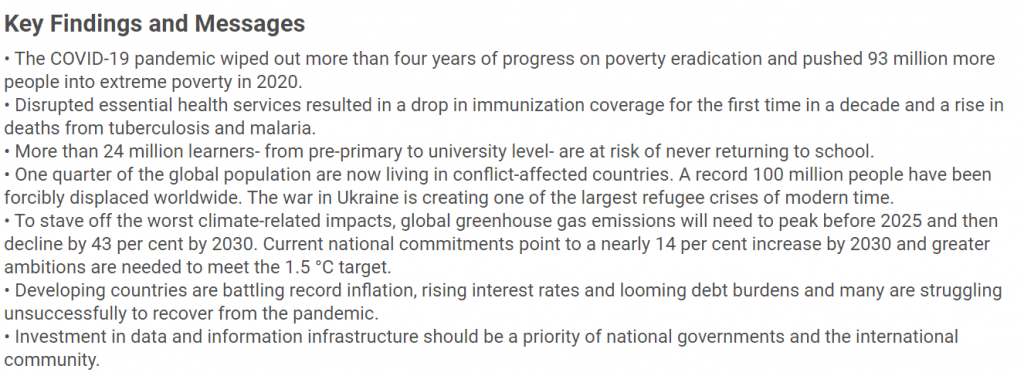This semester, I have chosen to do the Global Goals elective. In this class, we explore the UN’s 17 Goals for Sustainable Development, and come up with our own implementations of different goals. I am interested in this course as it involves real-world problems that we can solve with innovative solutions. I also wanted to work on something that I was passionate about and be able to see it come to life.
The United Nations is a global organisation that aims to maintain peace and security between different governments. Founded in 1945 after the destruction of WWII, the UN has 193 member states from all across the world. The organisation is a place for people of different nations to put their differences aside and discuss ways to solve some of humanity’s biggest problems.
‘Sustainable Development’ is defined as economic development that does not deplete natural resources. This means nations must aim to give their people the best standard of living possible, while also not polluting the environment (i.e. reducing emissions is a prime concern for wealthy countries such as Australia). To help countries achieve this, the UN created the 17 Global Goals for Sustainable Development. Below, the goals are listed:

These goals are guidelines for what the world hopes to achieve by 2030 and beyond, and encompass many different areas of development such as economy, industry, justice, gender, and climate. Currently, the Global Goals program is one of the only things agreed upon by most countries in the UN. Sustainable Development is one of the most pressing issues we are facing this century, so the Global Goals are very important for keeping us on track.
For example, Goal 1 states that poverty should be totally eliminated by 2030. Currently, the world poverty average is around 10%. Through implementation of methods such as the provision of free education and UBI, the UN hopes to abolish or at least reduce this percentage. On the other end, Goal 17 hopes that the world can work together to achieve these goals by contributing to humanitarian projects and bridging gaps between different cultures.
So far, there have been many findings in different goals. They are listed below (source: UN SDG Report 2022)

I believe that some of these goals can be applied on a smaller scale, such as at All Saints’ College. For example, we could work towards Goal 4 (Quality Education) by ensuring the students have a good environment and enough resources to learn effectively. This is one of the most crucial goals, as the new generations must shoulder the burden of a world in crisis within the next 2 decades. We could also work towards Goals 7 and 13 (Renewables and Climate Action) by reducing our carbon footprints and investing in more sustainable ways to power the school (i.e. solar panels).
